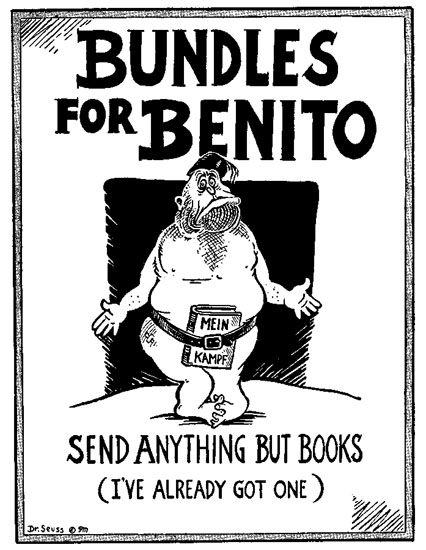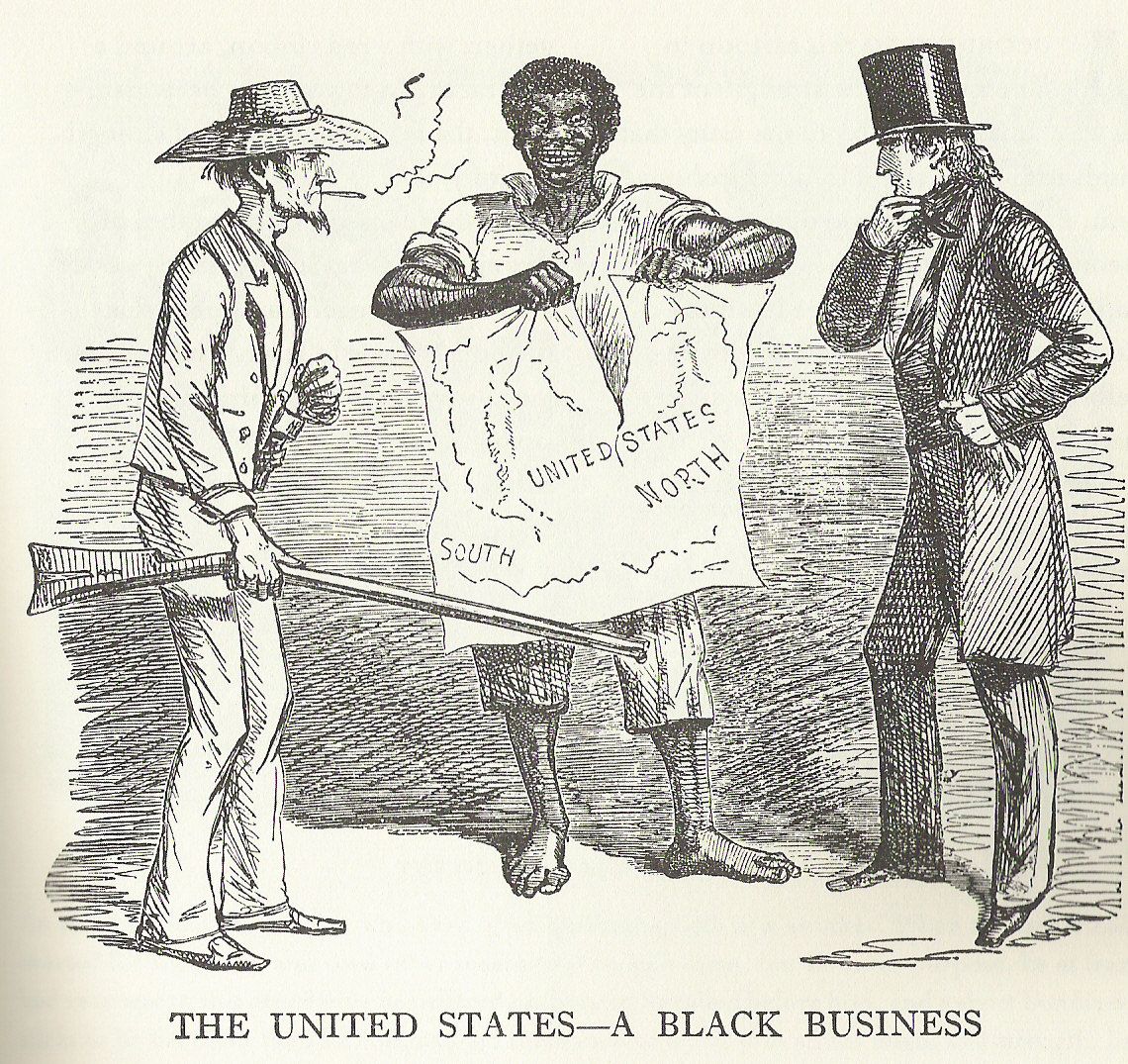Teach American History Blog
Archives - April 2011
April 22, 2011
You Never Know What You Will Find . . .
Back on one of the shelves in the "Education Wing" of the Historical Society, where my work nook is nestled into the corner, I saw a book entitled Using Internet Primary Sources to Teach Critical Thinking Skills in History by Kathleen W. Craver. Browsing through it, I discovered numerous little website gems that I did not know even existed. I found numerous sites that I could potentially use for college courses that I am teaching, but also found ones that I thought might be useful for K-12 grade teachers of History as well. The book included not only descriptions of the materials available on the website but also discussion questions based on the materials. While some of the questions might have to be adjusted depending on the age of the students, I thought the questions were, overall, very helpful.
The first website that struck my eye was entitled "Slavery Resources On-Line." It claimed to have numerous slave narratives excerpted and available, but the link was no longer active. Through a little online detective work, I found that the original website was the creation of Dr. Steven Mintz, when he was a Professor of History at the University of Houston (who originally hosted the site). Dr. Mintz is no longer at Houston, however, having moved to Columbia University since Using Internet was published in 1999. I could not find the original material at any website. I tried going to the Gilder Lehrman Institute of American History's website as well, because Using Internet said that is where the material originated from, to no avail.
But that is where I did find something very interesting: an interactive game/simulation based on a slave trying to escape his plantation in South Carolina and make it to freedom in Canada. This game, entitled "The Trail to Freedom in the 1850s" led me to create a new menu and page under our Historical Websites section of the TAH site just for games and activities such as this one. Hopefully, I will be able to add to it over the next few months, and anyone who has a similar free online simulation or game is welcome to submit it for inclusion as well.
While I did not find that original site, there was another from Using Internet that I found interesting. It is entitled "Third Person, First Person: Slave Voices from the Rare Book, Manuscripts, and Special Collections Library," and is based on resources at Duke University. I have included the discussion questions here, but if you are interested in more activities like this, I encourage you to check out Craver's book.
Posted by Jason Mead - 04/22/2011, 10:38 AM
April 19, 2011
The Power of Political Cartoons
One semester I had the honor of lecturing at the University of Tennessee for the second half of a Western Civilization class. Towards the end of the semester, I decided to do something that I had never really done before, for any lecture: I chose to organize my lecture on World War II around certain images from a fascinating book, Dr. Seuss Goes to War. This book was edited by Richard H. Minear and was published in 2001. If you are not aware of this work, perhaps a little background info is in order. Theodore Geisel, before he became known as Dr. Seuss, was a cartooonist for the New York magazine PM, in the years leading up to American involvement in the Second World War. The cartoons reproduced in the book cover not only the main figures involved but also themes like American Isolationism and Japanese Internment.
When I first bought the book, it was a little disconcerting to look at these political cartoons that had obviously been sketched by the same hand that made "Green Eggs and Ham" and "Horton Hears a Who," and yet feature Adolf Hitler as a mermaid or Mussolini as a poor, helpless figure. These two images, pictured below , were found on this website, which was put together by Dr. Minear.


With such great material, that quickly became my favorite lecture - and, was the one most commented on by my students.
That has since got me thinking about other ways that cartoons could be used to help students visualize previous debates. I found the following image in the material from a previous TAH grant:

This cartoon, taken from the London newspaper Punch, not only shows what was going on in America in 1856 (the date of publication), but how Europeans viewed the conflict as well. This image came from here.
Harper's published numerous wonderful cartoons during the Civil War and Reconstruction years that would stimulate and interest the students. There are also many Revolutionary cartoons that could be used for Era 2. Has anyone out there made use of images such as these for lectures or class projects? Or any TAH teachers willing to post ideas on the Wiki in connection to this?
Posted by Jason Mead - 04/19/2011, 01:49 PM
April 12, 2011
Poetry and History: Or, How Our Students Learn
Every teacher knows that one of the most difficult things our students struggle with is what I would call empathy, some sense of understanding and tolerance for those in the past. That does not mean that we have to find whatever they did or said acceptable or useful, but that we judge them on their own terms, for their own time. We live in a cultural dominated by images, and our students often seem to learn more by seeing and doing than just by reading or hearing.
That is one reason why using the "Where I'm From" poetry project can be very useful in helping students come to a greater understanding and appreciation of the past. The author and poet George Ella Lyon described how she came up with the original poem here. This was discussed at an Enduring Visions Mini-Institute back in February, and one of the attendees took that project back to her students. They looked at images of slaves, and read some material about them as well, to get a better understanding of what it meant to live and work in the Old South as a slave. That preparation allowed the students to think outside themselves - to try to get into the head of someone very different from themselves. The students were then asked to write a "Where I'm From" poem from the perspective of one of those slaves. The wonderful and intriguing results from this group of 5th graders can be found here, as well as a longer description of the creation process.
Another project that students could do is connected to the archival information about the trans-atlantic slave trade found here. This is a vast compendium of information regarding the ships and captains, country of origin and country of destination, number of people who boarded and the number who disembarked, etc., for the slave trade from 1525 to 1867. Someone has come up with various exercises that students can do to discover and use the data on this website; those exercises can be found here.
The question I have is this: would these work in YOUR classroom? Anyone willing to try? Or, are there other projects that you have successfully used in the past that help students develop their critical thinking and understanding of the past? If so, feel free to comment here, or on our wiki.
Posted by Jason Mead - 04/12/2011, 08:37 AM
| April 2011 | ||||||
| Sun | Mon | Tue | Wed | Thu | Fri | Sat |
| 1 | 2 | 3 | 4 | 5 | 6 | 7 | 8 | 9 | 10 | 11 | 12 | 13 | 14 | 15 | 16 | 17 | 18 | 19 | 20 | 21 | 22 | 23 | 24 | 25 | 26 | 27 | 28 | 29 | 30 |
Categories
No categories found.Monthly Archives
Recent Posts
- Changes to the Wiki
- President's Day: Lincoln
- Inauguration
- Out of the Box Teaching Tools
- Election Day
- TNCHE
- Presidential Campaign Posters
- Interactive Posters, Reading Primary Sources, and Milestone Documents
- What Was There- Local History Meets Technology
- Introducing Ashleigh and Favorite Library of Congress Links
- All Sorts of Fun
- An (Almost) Accidental Discovery
- At What Price Freedom?
- All Work and No Play (and No School) . . .
- Forgotten Wars
- The Haziness of Memory
- Handling Race and Reconstruction in Our Classrooms
- Disasters in Human History
- Who Doesn't Love a Good Conspiracy . . .
- May is a busy month . . .